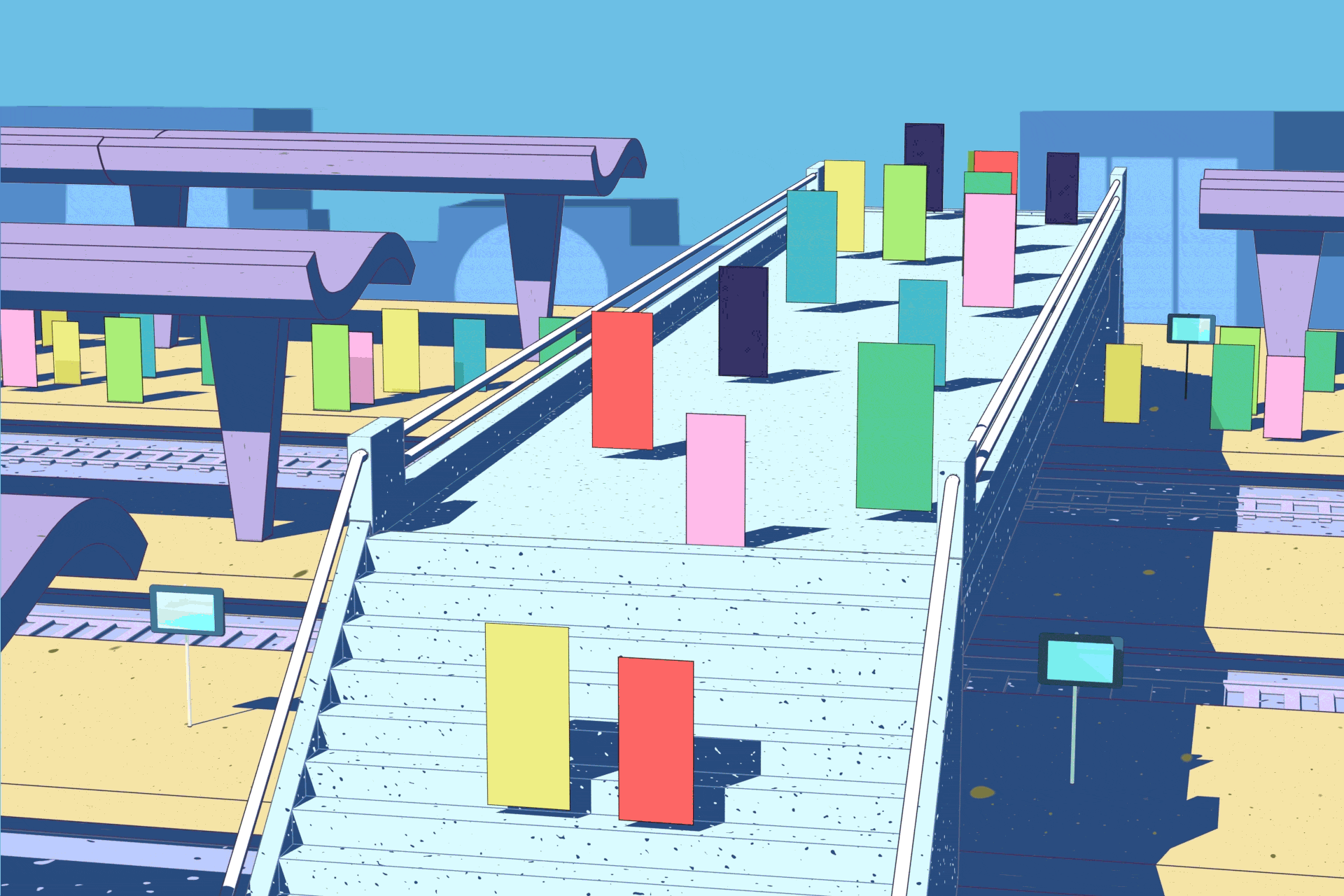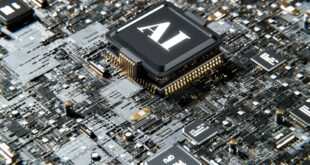[ad_1]
More than 20 million people use rail transportation in Tokyo to get to and from work, with six-hour-long rush-hours at the beginning and end of each day. To help give passengers more information about station crowding and the best carriages to try to find a seat, a number of major metro lines are offering apps with real-time video of fellow commuters — but without the privacy concerns that may raise thanks to a novel Hitachi algorithm that removes all personal features.
Cameras in train stations already help staff spot problems and prevent crime. While those outcomes do benefit passengers, there’s more that smart monitoring systems and video analytics can do to make mass transport more comfortable and appealing for citizens.

With concerns such as privacy in mind, Hitachi has already developed video analytics that eschew facial recognition, instead tracking passengers as they move through a station using less personal characteristics, such as height or clothing. That’s helpful for station staff and authorities such as police, but there are also ways to use such video technologies to directly benefit passengers as well, such as letting them see the level of crowding in a station or carriage. “Being able to provide a real-time view to the public is quite challenging as you can’t show the base video on people’s phones because of privacy,” says Peter Jones, business manager for Hitachi Europe.
Video from stations and platforms is used, but rather than blurring out faces or other identifying features, a Hitachi algorithm wholly replaces all people with simplified, standardised icons. That allows real-time video to be shown to anyone, without any privacy concerns as identifying details are wholly removed. “This is an evolution of video analytics from classic pixel-based analysis into this next stage,” says Jones. “Our goal is to make this tech the next piece to bring to the jigsaw puzzle of using AI to build bigger, better tech solutions for both the operator and the customers.”

“The system is already in use with several metro lines in Tokyo, “In Tokyo, the rush hour starts at 4pm and ends at about 10pm. You have 20 million people moving through the train network daily. It’s a big issue for people and their comfort,” says Jones. “The point for the commuter is really: when should I travel?” A quick glance at the real-time app would reveal to a would-be passenger exactly how busy the station really is, showing live images from video feeds in the station as well as showing whether the number of people is above or below average via an icon. If the crowds are not so bad, and a passenger works or lives nearby, it might be worth departing now; if the station is busier than normal, it’s perhaps worth waiting to see if the crowds lessen.
That’s the public-facing section of the app, but the same technology can also be used behind the scenes to let station staff count passengers more accurately — without using facial recognition or invading personal privacy, as they can’t see who is travelling. It’s possible to count passengers in other ways, but this system promises more accurate data in real-time, says Jones, and makes it easier to capture that data without pulling video or other data directly from trains when they’re in use, which is difficult to manage in real time.

That said, pulling video off of trains is something Hitachi is working on, as it’s something police and train operators are beginning to request. If an incident happens on a train, the video normally isn’t useful until after the fact. “By then it’s too late. Either we get to the next station and the perpetrator has left or committed the offense again,” Jones says. “It’s all about equipping the rail controller with the information they need to make a more secure journey.” Hitachi is working on a system that would let video be sent in real time to a central control centre for review, where it can be more easily passed along to police, so they can apprehend a suspect at the next station. Jones notes that Network Rail in the UK has launched a competition to investigate how to best use video for platform and rail safety, suggesting it’s becoming a priority for train network managers.
The idea of these projects, says Jones, is to make the video captured by the many CCTV cameras in our stations and on our trains work better for citizens, without adding to privacy concerns. “Video is very rich in data, but most of the insights die when the video is scrubbed and have never been used,” says Jones. “What we’re trying to do is create tools that bring video into life from the point of data, which operators can use and which can be shared with commuters to help their passenger experience.”
Innovation for the future
Modern life is saturated with data and technologies are emerging nearly every day – but how can we use these innovations to make a real difference to the world?
Hitachi believes that social innovation should underpin everything it does, so it can find ways to tackle the biggest issues we face today.
Visit Social-Innovation.Hitachi to learn how Hitachi Social Innovation is Powering Good and helping drive change across the globe.
Source link
Top Tech Stories
 Epic Heroes Entertainment Movies Toys TV Video Games News Art Pop culture news goodness
Epic Heroes Entertainment Movies Toys TV Video Games News Art Pop culture news goodness




